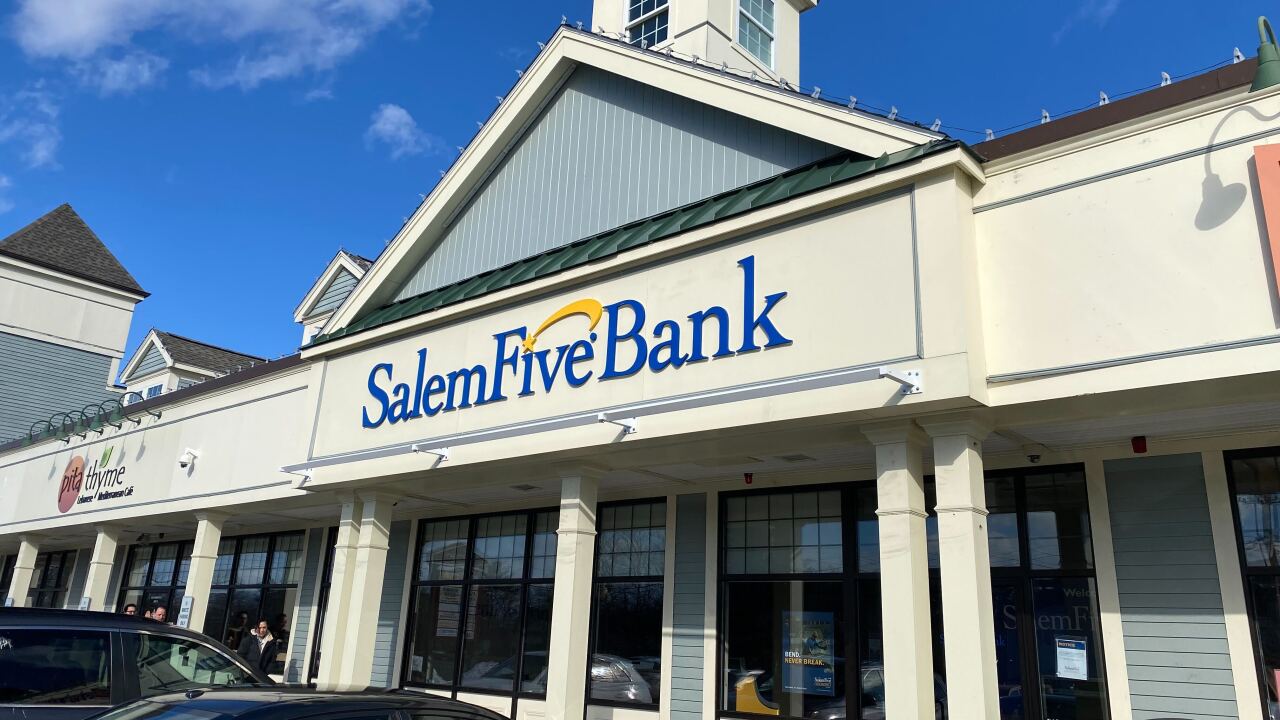-
One of the obstacles to an acquisition is that the offers never make it to the board. They tend to come first through the target's CEO, who stands to lose a job (and compensation) in any sale.
May 2 -
Daryl Byrd, the CEO of Iberiabank (IBKC) says a wave of bank mergers is inevitable and will be larger than expected. Rusty Cloutier, his counterpart at MidSouth Bancorp (MSL), says a lack of able buyers is miring consolidation.
May 21 -
New York Community, FirstMerit and BB&T see lots of banks for sale but few worth buying, top executives said at London investor conference.
May 17 -
Demand for bank stocks is up this year, but Wall Street is showing reluctance to fund a certain kind of lender: Community banks with dim prospects for making acquisitions. MetroCorp Bancshares of Houston, First Community of Lexington, S.C., and Northeast Bancorp of Lewiston, Maine all find themselves in this situation.
May 16
Anchoring is a
The anchoring heuristic (that is, rule of thumb) was first theorized by
As Wikipedia
The point, of course, is that initial percentage proffered in the question had absolutely nothing to do with the actual answer and yet it clearly had a meaningful impact on responses. The same issue is impeding mergers and acquisitions in the bank sector.
When asked about the price at which they would be willing to sell, many community bank boards and managers respond with some variant on the following: "Well, banks were selling at 2.5 times book value prior to the financial crisis, so we'll sell once those valuations return." The problem, of course, is that acquisition prices garnered prior to the crisis have little in common with what banks are actually worth today or what they will likely be worth in the future.
BankUnited CEO John Kanas took note of this recently at a conference. From an
Using the faulty logic that Kanas correctly identifies, the investor holding technology stocks during the summer of 2000 (after the Nasdaq Index had fallen from 5,000 to 3,500) was completely justified in holding onto those stocks until the market returned to 5,000. Clearly this was irrational, as the 5,000 valuation had no relationship to reality – it was just a number. Twelve years on and the Nasdaq remains 40% below its year 2000 peak.
Most investors and bank managements concur that from here on out increased regulatory costs will have a modest negative impact on earnings while slightly higher capital requirements will reduce small banks' ability to leverage. Consequently, that typical small bank that generated an average return on equity of almost 14% between 1990 and 2007 may only be able to generate an ROE in the 11% to 12% range a few years down the road (assuming the economy remains stable and nonperforming assets continue declining). (For context, the median ROE for publicly-traded banks with assets between $500 million and $5 billion was 3.7% in 2009, 6.1% in 2010, and 8.8% in last year's fourth quarter.)
Which brings us to the issue of future valuations. If in the future the typical small bank's cost of equity is a normalized 9% to 10% while its return on equity hovers in the 11% to 12% range, then we should expect to see average trading multiples in the range of 1.2 to 1.3 times tangible book value. While this compares favorably with current valuations (a median 0.92 times tangible book at the end of 2011), clearly this is a significant diminishment relative to historical levels.
Likewise, acquisition multiples, reflecting anticipated operating efficiencies, should be proportionally higher as well. Thus, if in the "normalized" future the typical publicly-traded small bank trades at 1.2 to 1.3 times tangible book value and is acquired for 1.4 to 1.6 times tangible book, it is likely that a subset of high-performing small banks will trade at over 1.6 times tangible book and be acquired for over double tangible book.
So, while it is likely that some community banks will be acquired for valuations that were common during the mid-aughts heyday, the typical community bank – for fundamental reasons – is not going to return to those exalted levels.
The sooner bank boards accept this "new normal," and disregard the previous valuations to which many of their memories remain (irrationally) "anchored," the faster the pace of small bank M&A will pick up steam.
David B. Moore is managing principal of Marathon Capital Holdings, Inc., a merchant banking and advisory firm specializing in the community bank sector.




